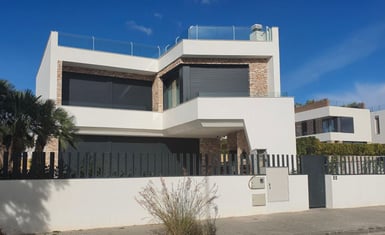Passive houses must meet high demands in terms of thermal insulation and airtightness. By creating an envelope as linear as possible, we can avoid unwanted air infiltrations. To achieve this goal, it is necessary to pay attention to the sensitive constructive points...
Read more






